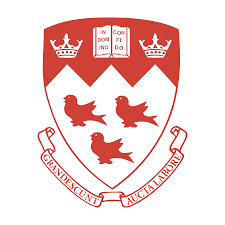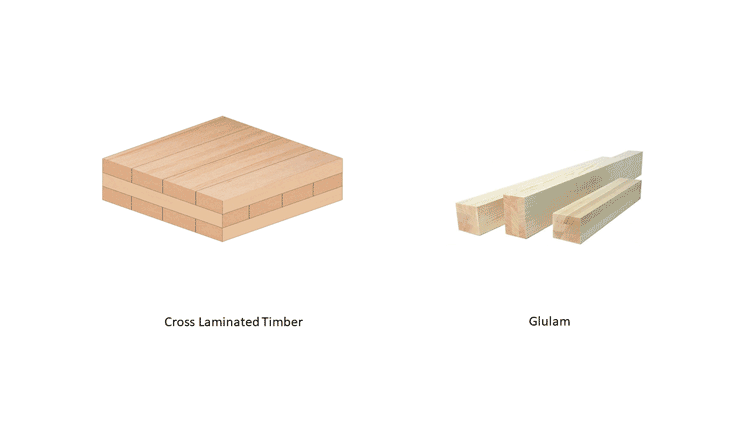
Cross Laminated Timber and Glulam
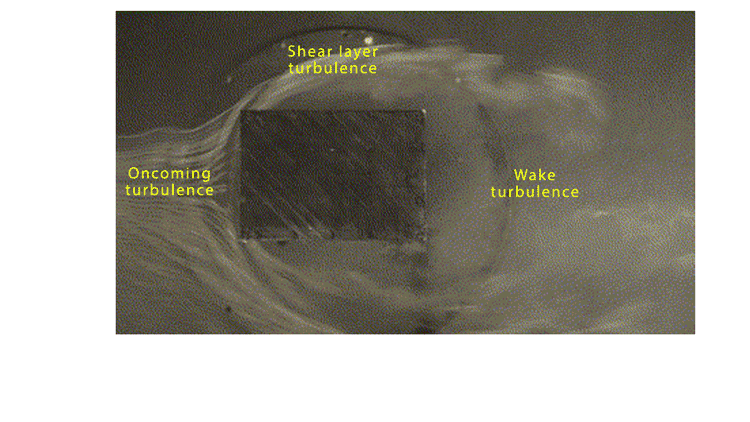
Aerodynamic wind tunnel test flow visualization
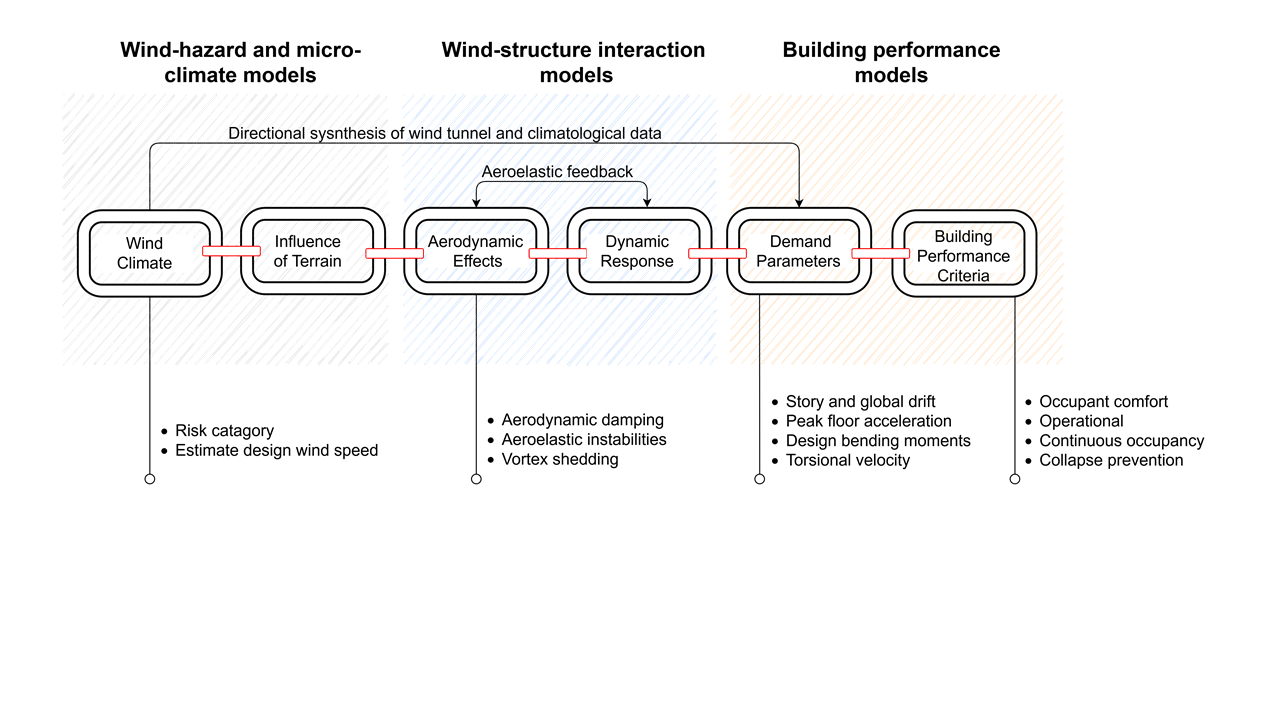
Semi-Probabilistic Performance-based Wind Design framework
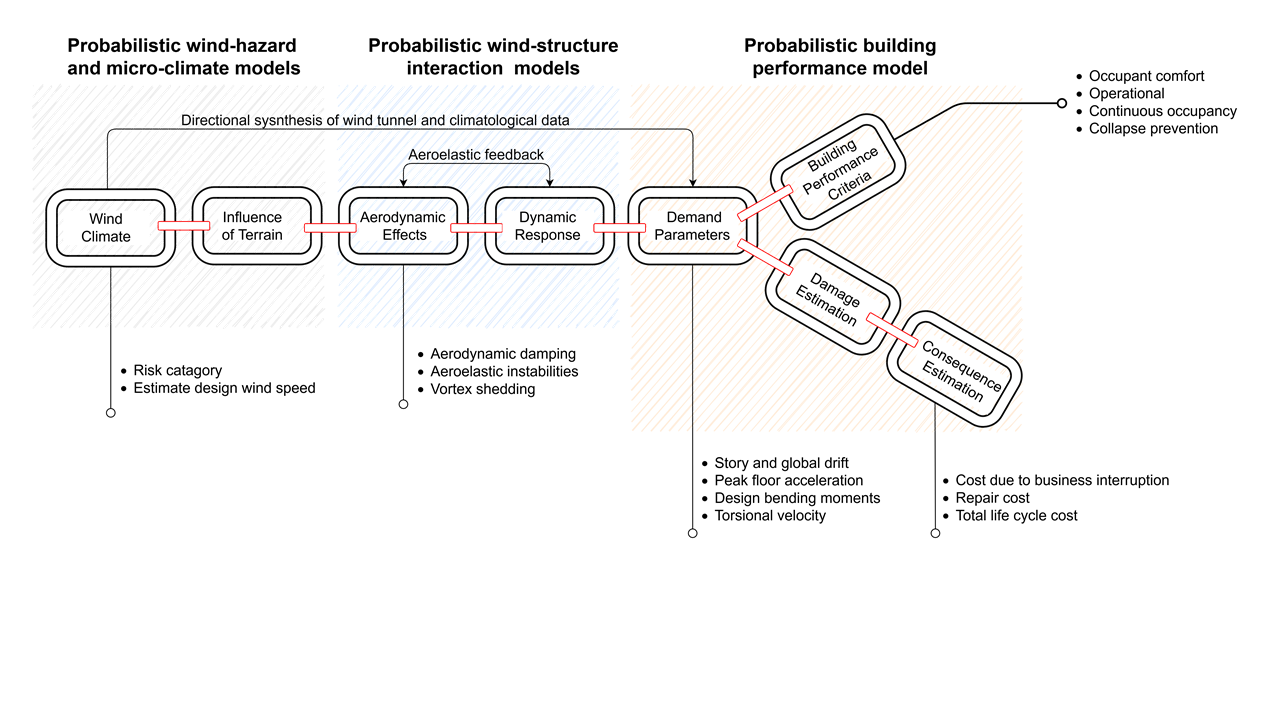
Probabilistic Performance-based Wind Design framework

What is damage accumulation or permanent set under along wind load?
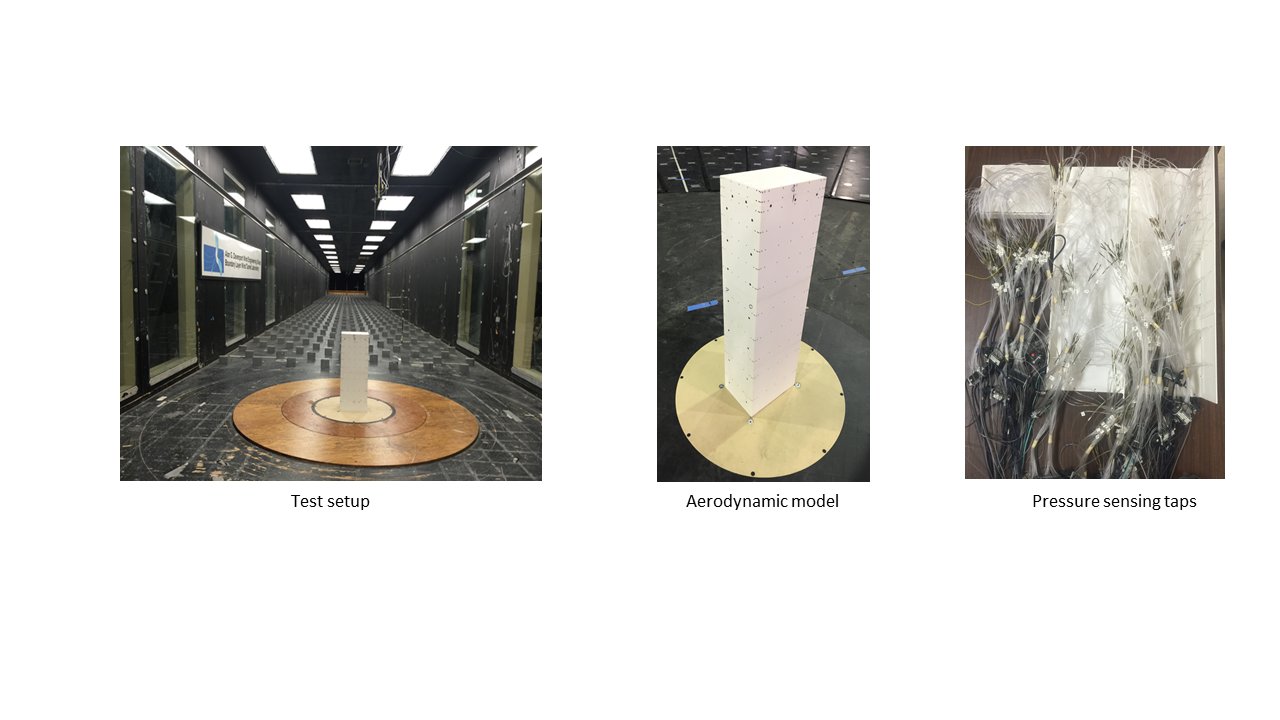
Aerodynamic wind tunnel tests of tall mass timber building models
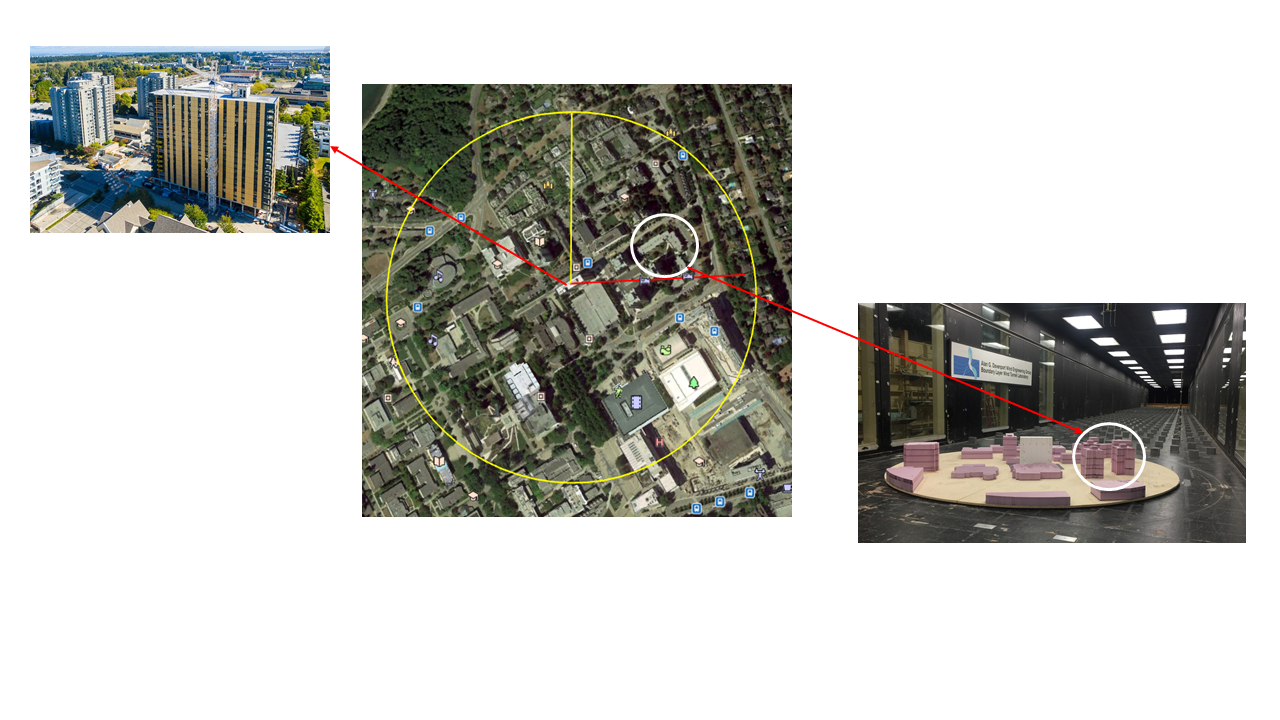
Aerodynamic wind tunnel test of the UBC Brock Commons Tall wood House
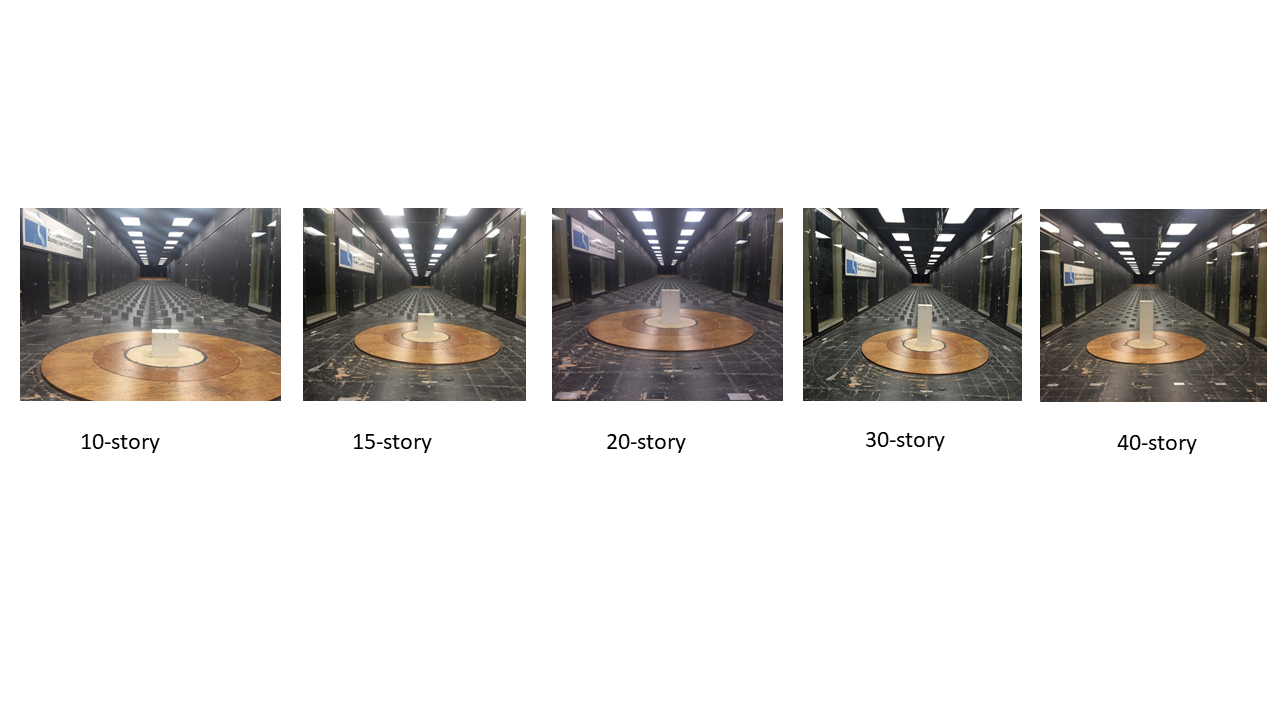
Height effect on the wind performance of mass-timber buildings
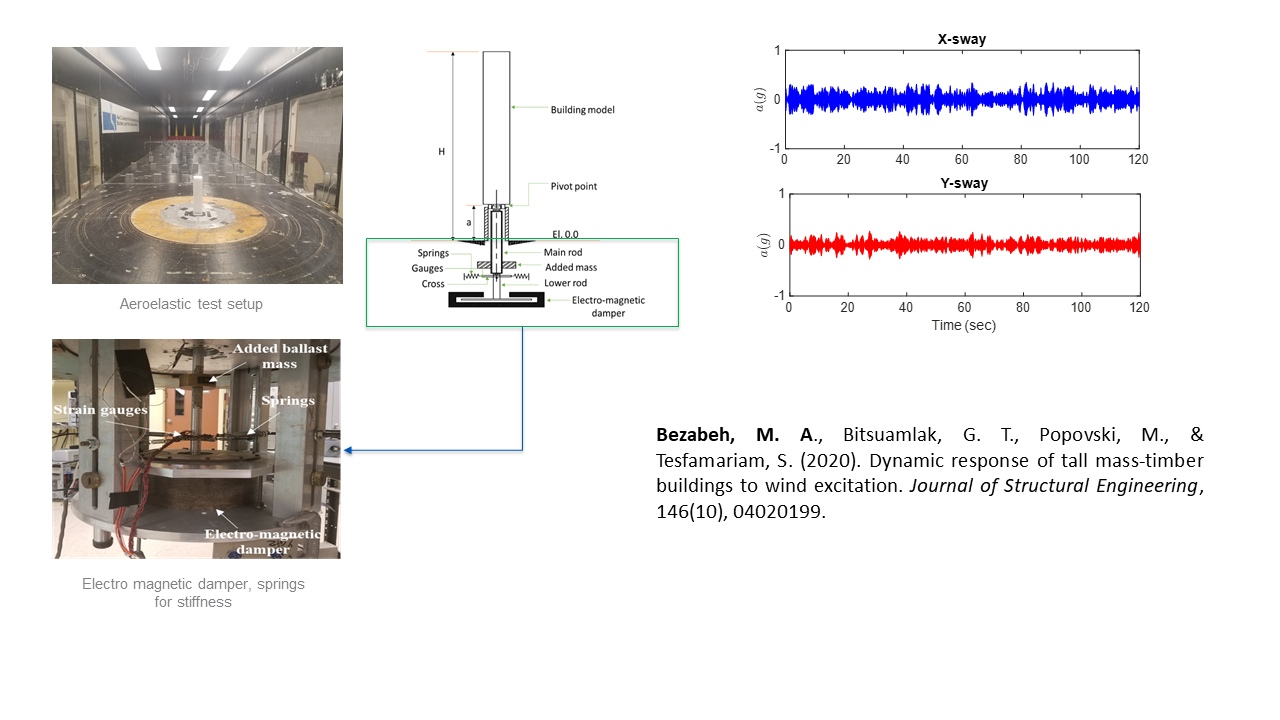
Aeroelastic model study of a 40-story tall mass-timber building
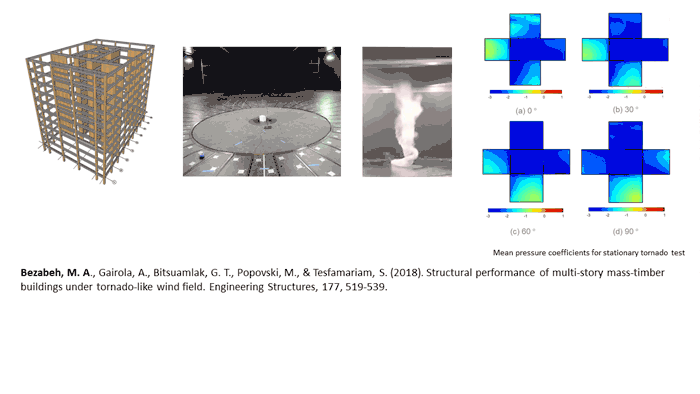
Structural performance of mass-timber structures under tornadic-like wind loads
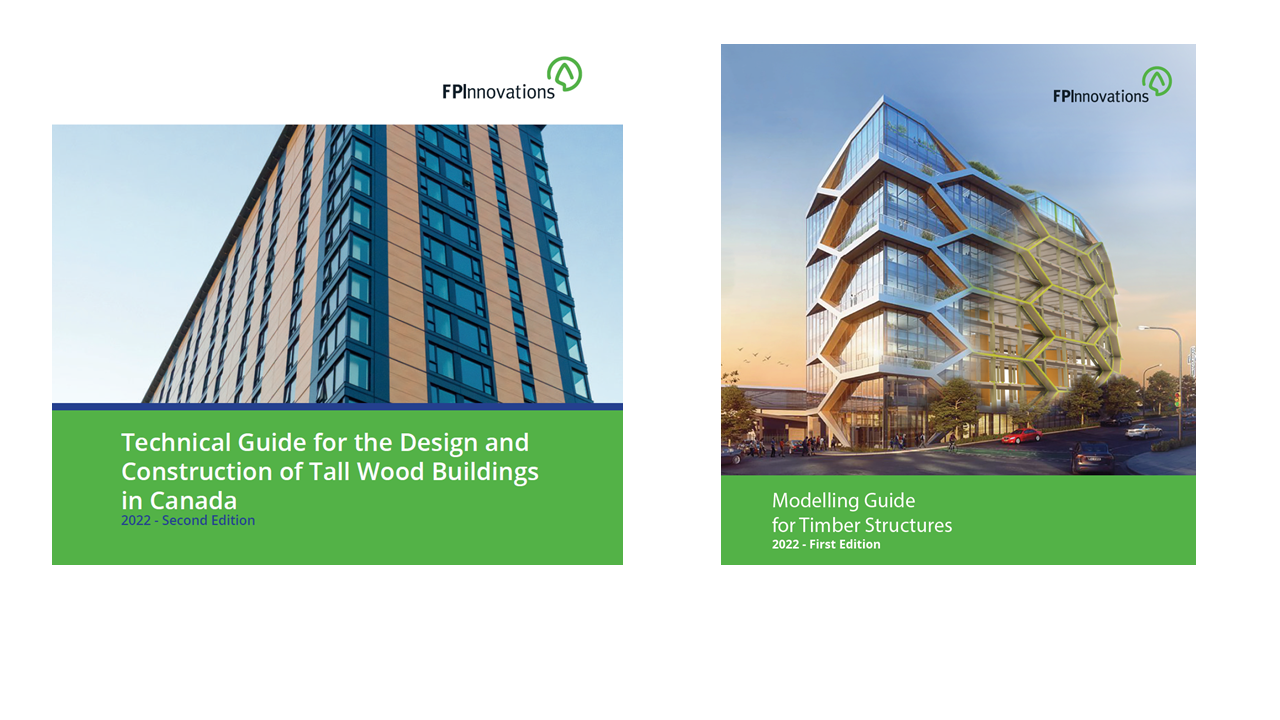
Contributions to the latest Canadian design and modeling guides
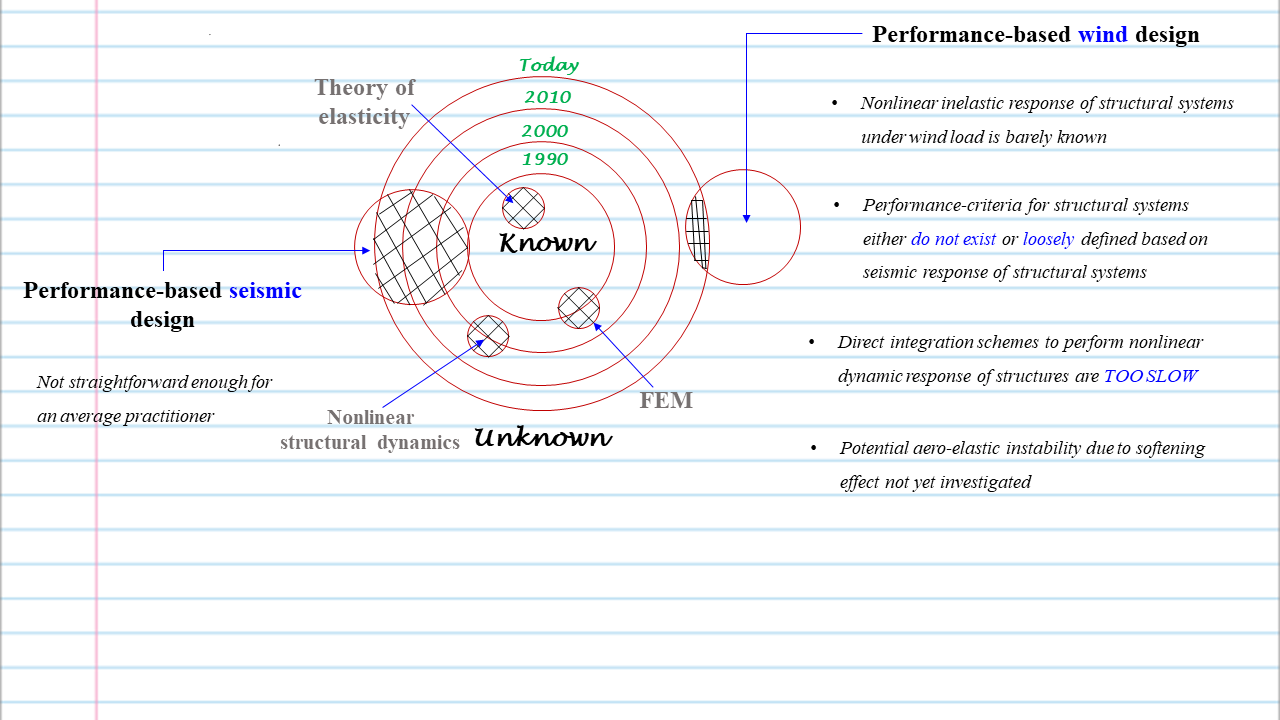
What are the unanswered questions with building performance-based seismic and wind design?
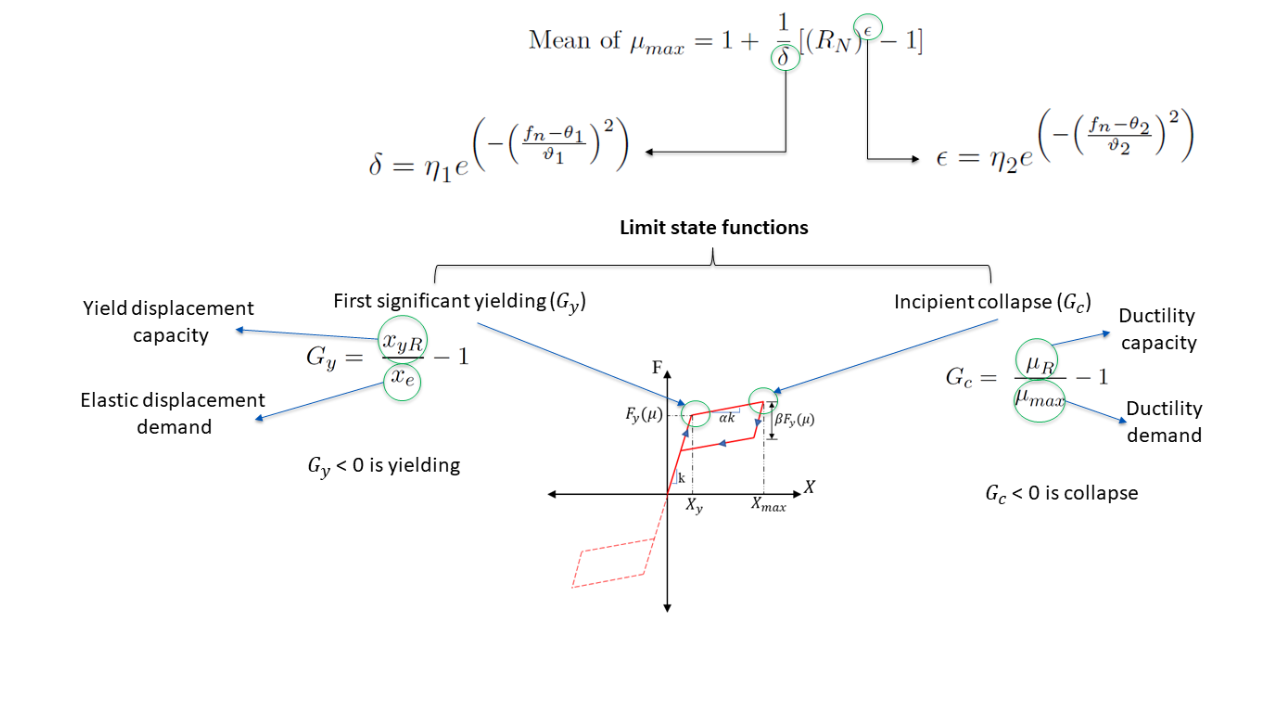
Implications of nonlinear wind design on structural reliability
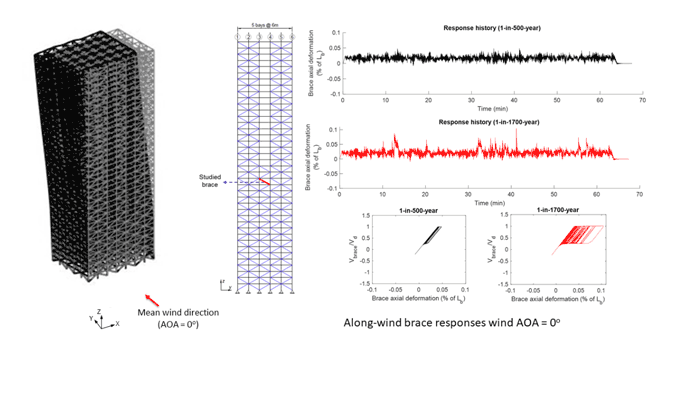
Nonlinear responses of self-centring braces under wind loads
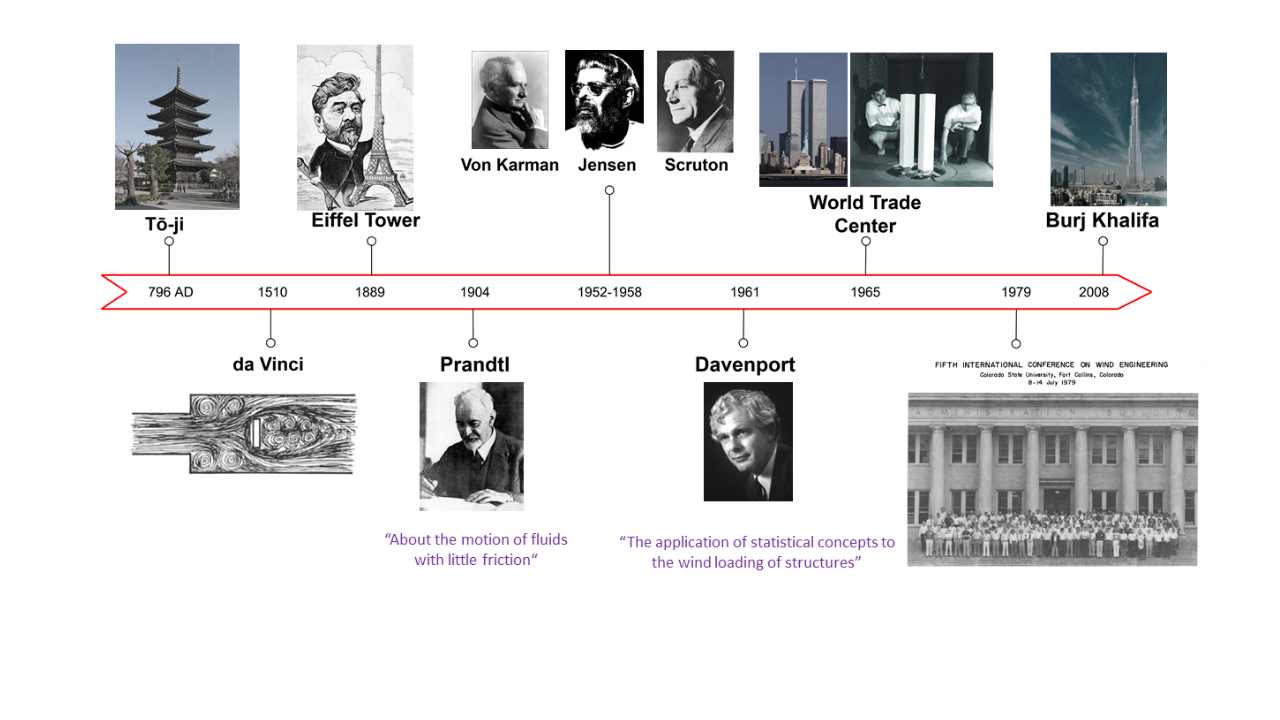
Evolution of structural wind engineering practice and research
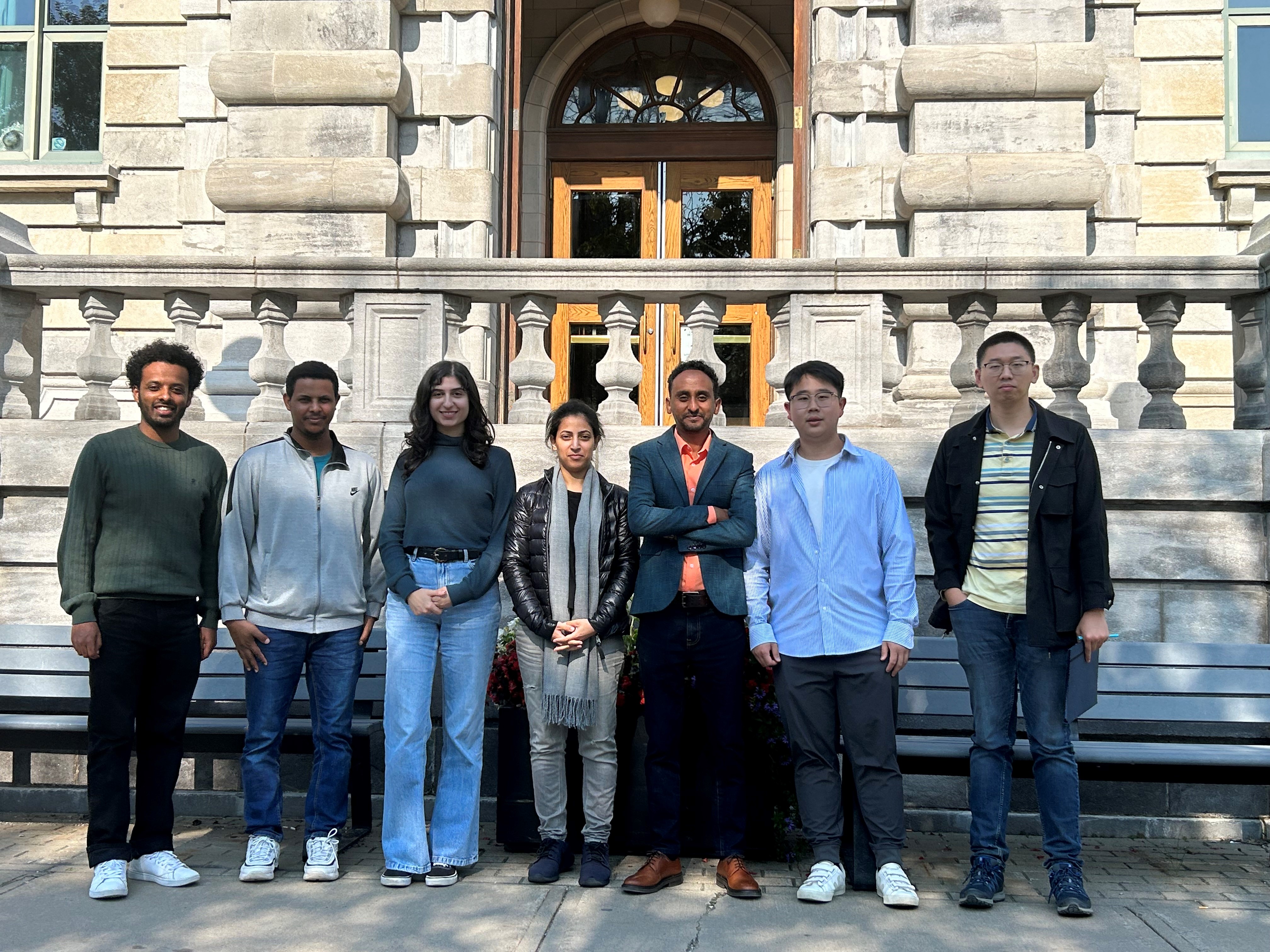
Research group photo - September 22, 2023
‹
›
One of the key issues facing humanity in the surge of 21st century is the urban population and the associated environmental effects. The construction and operation of buildings are the primary sources of greenhouse gas emissions worldwide. Timber is natural and renewable, can sequester carbon and has a smaller carbon footprint than conventional construction materials. Using timber for high-rise building construction can make future cities more sustainable. In Canada, annual mass timber construction grows exponentially due to net zero emission policies, considerable forest resources, and support from provincial and federal government programs. The 2020 National Building Code of Canada (NBCC) allowed encapsulated mass timber constructions up to 12 storeys. However, mass timber buildings taller than 30 m, those equipped with innovative structural elements, and hybrid timber buildings continue to be exceptions to building codes. Furthermore, existing prescriptive rules continue to prevent engineers from fully using the potential of timber as a structural material. Performance-based design (PBD) methodologies can be used to justify exceptions to prescriptive building code requirements. Although PBD methods have been developed and used for the seismic design of steel and concrete buildings, they are in the early stages of development for wind and seismic design of tall mass timber buildings.
Our research program at McGill-TSG fosters sustainable and resilient urban development through tall timber construction, which would necessitate design methods that adhere to or go beyond the minimum standards set by building codes. To achieve this vision, we are actively working on the development of new performance-based wind design (PBWD) methodologies for tall mass timber buildings, seismic risk assessment of mass timber buildings, self-centering systems, uncertainty modeling and propagation, aeroelastic instability of structures, wind directionality, hybrid aeroelastic wind tunnel testing, the inelastic response of tall buildings with supplemental damping systems, and near-collapse behavior of structures subjected to strong non-synoptic wind systems.
















